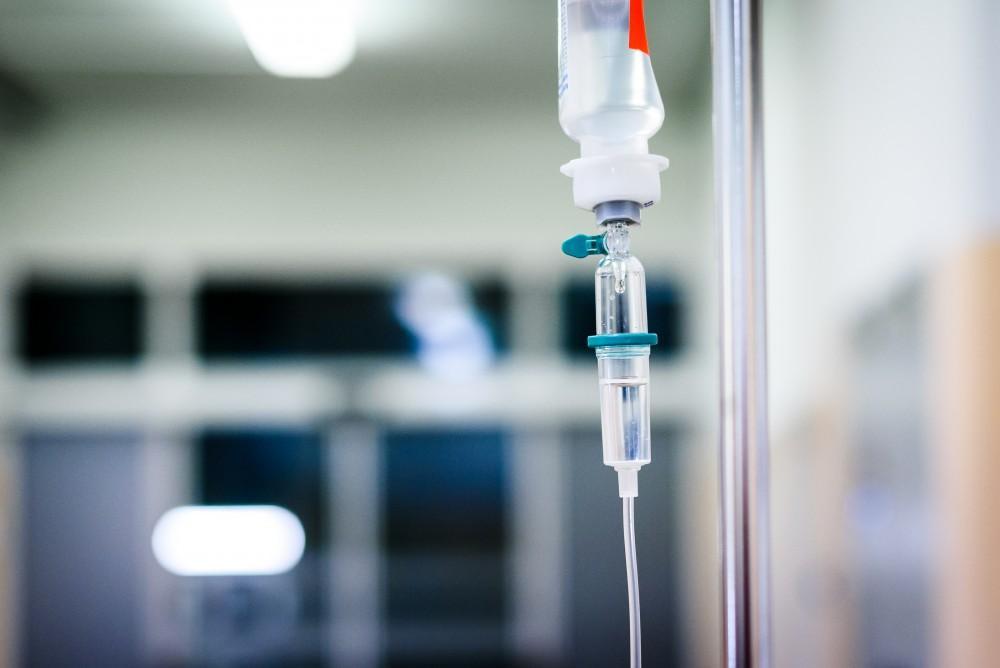Pompe Disease: Symptoms, Causes, Treatment
What are the symptoms of Pompe disease?
Pompe disease, also known as glycogen storage disease type II, is a rare genetic disorder that is caused by the deficiency of an enzyme called acid alpha-glucosidase (GAA). This enzyme is responsible for breaking down glycogen, a complex sugar that is stored in the body’s cells and used as a source of energy. When GAA is deficient or not working properly, glycogen builds up in the cells, particularly in muscle cells, leading to muscle weakness and other symptoms.
The symptoms of Pompe disease can vary widely depending on the age of onset and the severity of the disease. In infants, the symptoms are often more severe and may include:
- Muscle weakness: Weakness, particularly in the muscles used for movement, such as the legs and arms, is a common early symptom of Pompe disease.
- Hypotonia: Reduced muscle tone, or “floppiness,” is often seen in infants with Pompe disease.
- Feeding difficulties: Infants with Pompe disease may have difficulty feeding and may fail to gain weight.
- Breathing problems: Pompe disease can affect the muscles used for breathing, leading to respiratory problems.
- Enlarged heart (cardiomegaly): The buildup of glycogen in the heart muscle can cause the heart to become enlarged.
- Developmental delays: Infants with Pompe disease may experience delays in reaching developmental milestones, such as sitting up or crawling.
In older children and adults, the symptoms of Pompe disease may be milder and may include:
- Muscle weakness: Progressive weakness, especially in the muscles of the hips, thighs, shoulders, and upper arms, is a common symptom.
- Breathing difficulties: Weakness of the respiratory muscles can lead to breathing problems, especially during exertion or while lying flat.
- Fatigue: People with Pompe disease may experience fatigue due to muscle weakness and the body’s efforts to compensate for the lack of energy.
- Difficulty climbing stairs or rising from a seated position: Weakness in the leg muscles can make these activities challenging.
- Enlarged heart (cardiomegaly): The buildup of glycogen in the heart muscle can lead to an enlarged heart and heart problems.
It’s important to note that the symptoms of Pompe disease can vary widely, and not all individuals will experience all of these symptoms. The age of onset and rate of disease progression can also vary. If Pompe disease is suspected, a healthcare provider can perform tests to confirm the diagnosis and recommend appropriate treatment options.
What are the causes of Pompe disease?
Pompe disease is caused by mutations in the gene that encodes the enzyme acid alpha-glucosidase (GAA). This enzyme is responsible for breaking down glycogen, a complex sugar that is stored in cells and used as a source of energy. Mutations in the GAA gene result in a deficiency or malfunction of the enzyme, leading to the accumulation of glycogen in cells, particularly in muscle cells. This buildup of glycogen interferes with the normal function of the cells, leading to the symptoms of Pompe disease, such as muscle weakness and enlargement of the heart.
Pompe disease is inherited in an autosomal recessive pattern, which means that a person must inherit two copies of the defective gene (one from each parent) to develop the disorder. People who inherit only one copy of the defective gene are known as carriers and typically do not show symptoms of the disease. If both parents are carriers of the defective gene, there is a 25% chance with each pregnancy that their child will inherit two copies of the gene and develop Pompe disease.
What is the treatment for Pompe disease?
The treatment for Pompe disease aims to manage symptoms and improve quality of life. The main treatment for Pompe disease is enzyme replacement therapy (ERT), which involves intravenous infusions of a modified form of the enzyme acid alpha-glucosidase (GAA) that is lacking or deficient in people with the condition. ERT helps to break down glycogen in the cells, reducing the buildup of glycogen and improving muscle function.
Other treatments and supportive therapies for Pompe disease may include:
- Respiratory support: People with Pompe disease may require respiratory support, such as breathing assistance devices or mechanical ventilation, to help with breathing difficulties.
- Physical therapy: Physical therapy can help improve muscle strength, flexibility, and mobility, and may also help prevent or delay the development of joint contractures.
- Occupational therapy: Occupational therapy can help people with Pompe disease learn techniques and strategies to perform daily activities more easily and independently.
- Speech therapy: Speech therapy may be beneficial for people with Pompe disease who have difficulty with speech or swallowing due to muscle weakness.
- Nutritional support: A dietitian may provide guidance on nutrition and dietary strategies to help maintain muscle strength and overall health.
- Monitoring and management of complications: Regular monitoring and management of complications such as respiratory infections, heart problems, and musculoskeletal issues are important for people with Pompe disease.
It’s important for individuals with Pompe disease to work closely with a healthcare team that is knowledgeable about the condition to develop a comprehensive treatment plan that addresses their specific needs. Early diagnosis and treatment can help improve outcomes and quality of life for people with Pompe disease.




